Wood Privacy Fence Maintenance Tips: How to Keep Your Fence Looking New and Lasting Longer
Table of Contents
A wood privacy fence is more than just a backyard boundary—it’s a vital part of your home’s curb appeal, security, and outdoor comfort. However, even the most beautiful cedar or redwood fence won’t stay looking new forever without regular care. Exposure to sun, rain, snow, and humidity can cause wood to warp, fade, crack, or rot over time.
According to the American Wood Council, untreated wood fences can start to deteriorate within just a few years of installation, especially in high-humidity or harsh-weather regions. The good news? With a proactive maintenance routine, you can extend the life of your fence for a decade or more while keeping it looking fresh and well-kept.
This guide explores effective wood privacy fence maintenance tips, from regular cleaning and staining to pest prevention and seasonal inspections. Whether you’re a new homeowner or simply looking to refresh your outdoor space, this post will equip you with practical steps to protect your investment and preserve the natural beauty of your wood fence.
Regular Cleaning to Prevent Mold, Mildew, and Discoloration
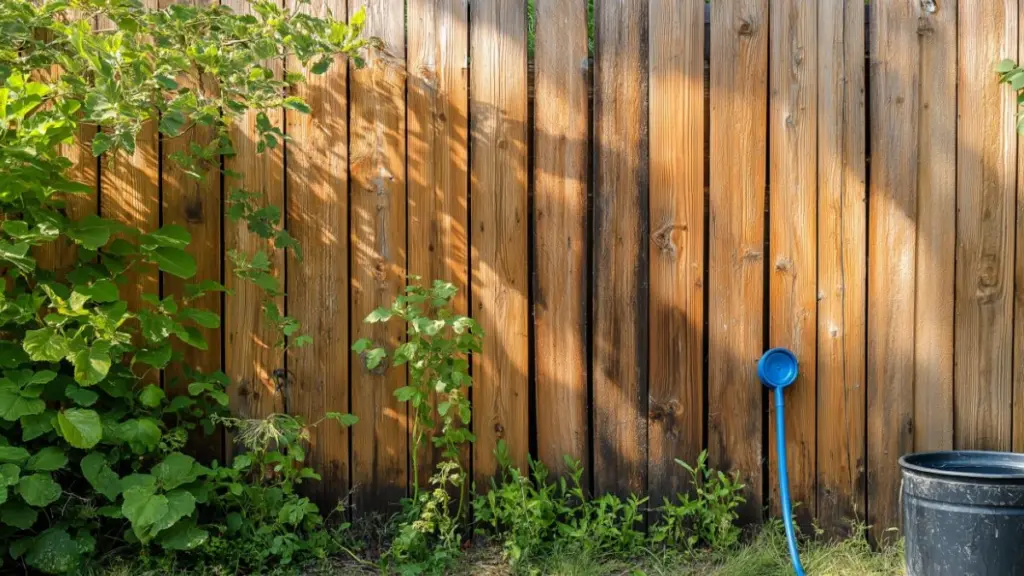
Dirt buildup, mildew, and green algae are some of the most common enemies of a clean, natural-looking fence. Fortunately, regular cleaning helps preserve your fence’s color and condition.
Start by rinsing the fence with a garden hose to remove loose debris. For deeper cleaning, use a mixture of warm water, mild dish soap, and a soft-bristle brush. Scrub in sections to loosen grime, paying special attention to shaded or damp areas where mold and mildew thrive. Avoid high-pressure washing, which can damage the wood’s surface.
If stains persist, consider a wood-safe oxygen bleach solution or a specialty fence cleaner. Once your fence is clean, allow it to dry completely—usually 24 to 48 hours—before applying any treatments or sealants.
Table: Wood Fence Cleaning Essentials
| Task | Product Recommendation | Frequency |
|---|---|---|
| Surface rinse | Garden hose | Monthly |
| Deep clean | Mild soap + soft brush | Every 6 months |
| Stain remover | Oxygen bleach-based cleaner | As needed |
| Dry time before sealing | 24–48 hours in dry conditions | After each cleaning |
Sealing and Staining for Protection and Longevity
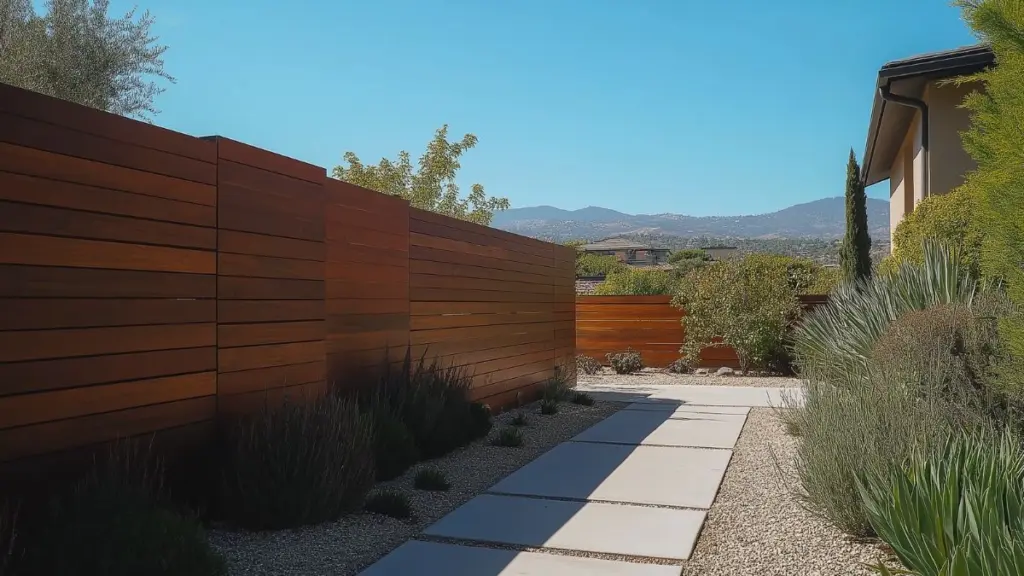
One of the most critical aspects of wood fence maintenance is applying a high-quality sealant or stain. These protective layers serve as a barrier against moisture, UV rays, and temperature fluctuations that can cause wood to crack, fade, or rot.
Sealers are typically clear and used to maintain the wood’s natural look. They work by repelling water and slowing UV degradation. Stains, on the other hand, offer both color and protection. Semi-transparent stains enhance the grain while adding rich tone, while solid stains provide full coverage with maximum durability.
Before applying any product, make sure the fence is completely dry and clean. Use a paint roller or brush for even application, or consider a sprayer for large areas. Be thorough—cover every edge, groove, and post to ensure full protection.
Most wood fences benefit from reapplication every 2–3 years, though this can vary based on climate and sun exposure. Areas that receive direct sunlight or are close to sprinklers may need more frequent care.
Table: Choosing Between Sealant and Stain
| Product Type | Appearance | Main Benefit | Ideal For |
|---|---|---|---|
| Clear Sealant | Natural wood finish | Water repellency | Newer fences or cedar |
| Semi-Transparent Stain | Visible grain with added tone | UV protection + style | Redwood or pine fences |
| Solid Stain | Opaque, bold color | Maximum coverage + longevity | Older fences or discoloration |
Inspecting for Damage: Catch Problems Early
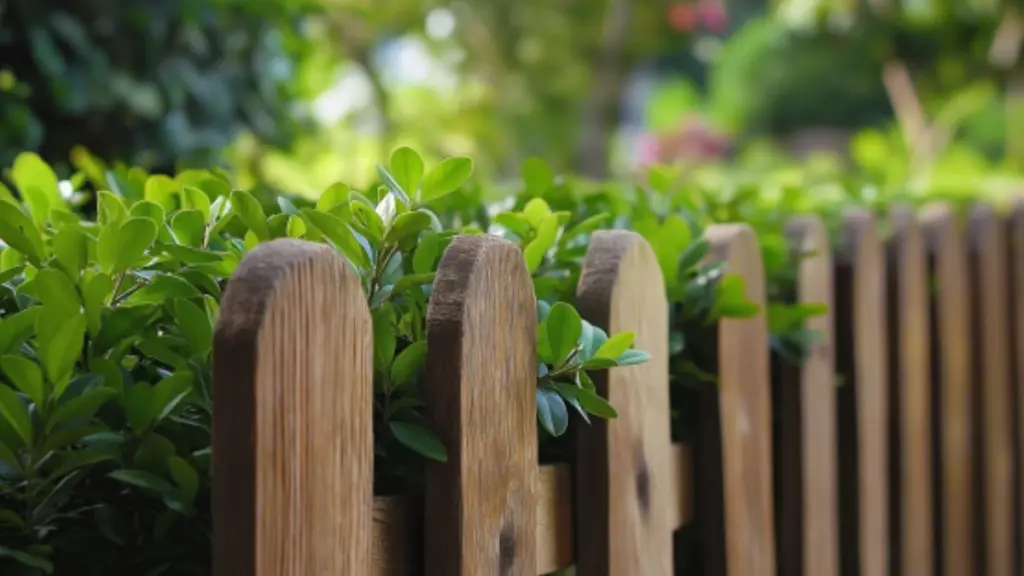
Routine inspections help you identify issues before they become costly repairs. Walk your fence line at least twice a year, especially after extreme weather.
Look for signs of rot at the base of fence posts, where water often pools. Tap wood with a screwdriver—soft spots indicate rot. Also check for cracks, loose boards, protruding nails, or insect activity like termite tunnels.
If you notice minor damage, address it immediately. Tighten or replace screws and nails, and use wood filler for small cracks. Replace any boards that are severely warped or broken.
Checklist: What to Inspect on Your Wood Fence
| Area to Check | What to Look For | Fix It With |
|---|---|---|
| Posts | Leaning or rotting bases | Concrete, post replacement |
| Boards | Cracks, warping, discoloration | Replacement or sanding |
| Hardware | Rusted or protruding screws/nails | Galvanized replacements |
| Ground Clearance | Soil touching bottom of boards | Raise or clear space |
Pest Prevention: Protecting Against Termites and Insects
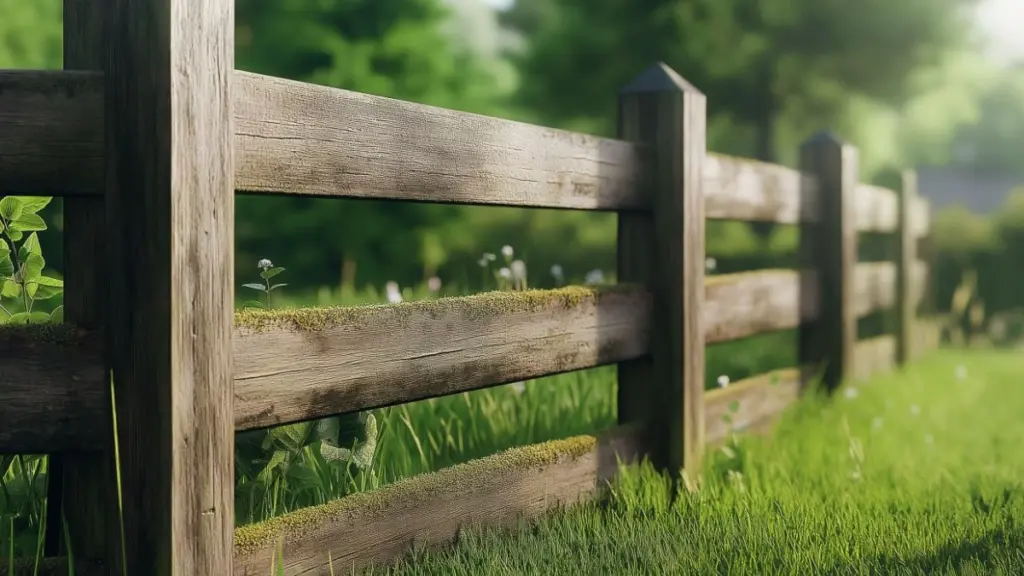
Wood is a natural attractant for pests like termites, carpenter ants, and beetles. Left unchecked, these insects can severely compromise the structure of your fence.
Start with a well-spaced design—ensure no boards are in direct contact with the ground or overhanging trees. Keep mulch, compost, or debris away from the base of the fence to eliminate damp hiding spots.
Apply a wood preservative with insect-repelling properties, or use naturally pest-resistant woods like cedar and redwood. Regularly inspect your fence for signs of tunneling or sawdust piles at the base—early detection is crucial.
Table: Pest Prevention Strategies
| Strategy | Implementation Tip | Benefit |
|---|---|---|
| Ground Clearance | 2–3 inches of space beneath boards | Avoids damp wood exposure |
| Insect-Repellent Stain | Look for products labeled anti-pest | Deters infestations |
| Trimming Vegetation | Keep bushes and vines off fence | Eliminates pest bridges |
| Cedar or Redwood Material | Naturally resistant to bugs | Long-term pest control |
Seasonal Maintenance Checklist: Spring and Fall Fence Care
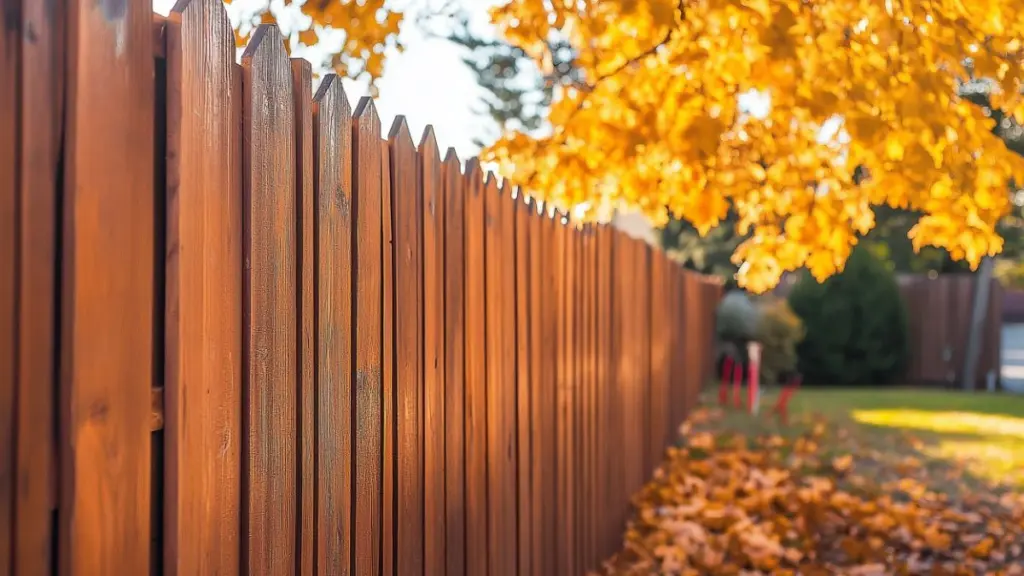
Just like your lawn or roof, your wood privacy fence benefits from seasonal upkeep. Spring and fall are ideal times for deep cleaning, sealing, and inspections.
In spring, clean away winter grime, inspect for frost damage, and re-stain if needed. In fall, prep your fence for moisture-heavy months by resealing exposed areas, trimming back plant growth, and checking for pest entry points.
By syncing your maintenance routine with the seasons, you ensure your fence stays durable and appealing all year long.
Seasonal Fence Maintenance Schedule
| Season | Tasks to Complete | Purpose |
|---|---|---|
| Spring | Clean, inspect, re-seal faded areas | Revive appearance, remove mold |
| Summer | Touch up sun-damaged spots, watch for pests | UV and insect protection |
| Fall | Seal before rain, trim vegetation, inspect | Prevent rot and moisture damage |
| Winter | Shovel snow away from posts, cover exposed ends | Avoid freeze-thaw stress |
Repairing and Replacing Fence Boards
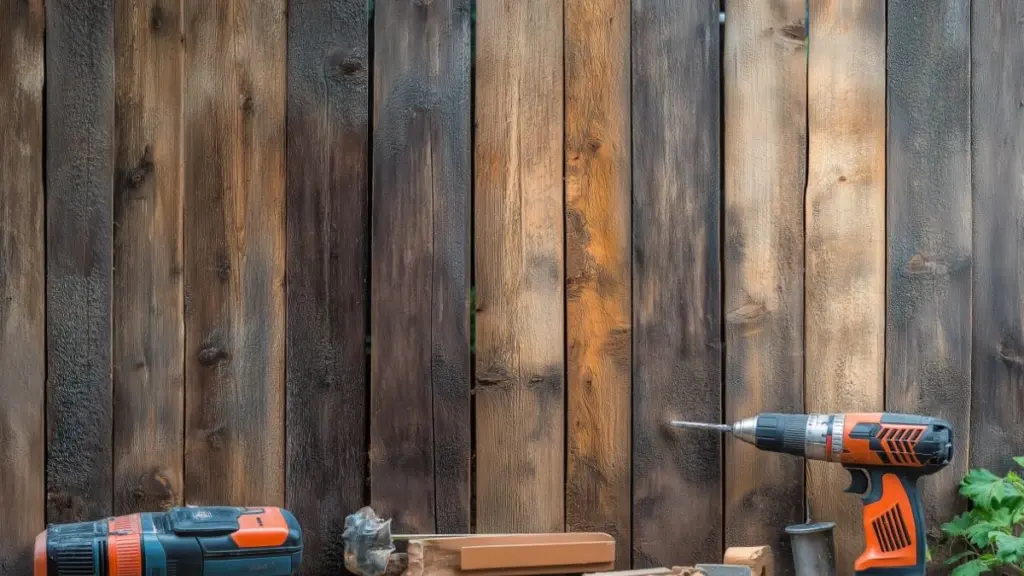
Even with the best care, wood fences will eventually need repairs. Replacing individual boards is a cost-effective way to maintain structure and appearance without rebuilding the entire fence.
Start by identifying warped, cracked, or broken boards. Use a pry bar to gently remove the damaged plank, taking care not to disturb neighboring pieces. Once removed, clean the area and inspect the post or rail for damage.
Measure and cut a replacement board to size. Choose wood that matches the original material (cedar, pine, redwood) and grain. Pre-drill holes to avoid splitting, and use galvanized screws or nails for durability.
For minor cracks, wood filler or putty may suffice. Sand the area once dry, and apply stain or paint to match. If a fence panel is completely leaning or unstable, it may be time to replace the full section—especially if rot has reached the post.
Table: Repair Tools and Tips
| Task | Recommended Tools | Notes |
|---|---|---|
| Board Replacement | Pry bar, saw, drill, screws | Match material and size |
| Minor Crack Repair | Wood filler, putty knife, sandpaper | Ideal for surface-level damage |
| Post Reset or Replace | Post hole digger, gravel, concrete | Ensure 2 feet in-ground |
| Paint/Stain Touch-Up | Roller or brush | Feather edges for blend |
Conclusion
A wood privacy fence adds beauty, function, and value to your outdoor space—but only when it’s properly maintained. With consistent care, including cleaning, sealing, inspections, and prompt repairs, your fence can stay strong and attractive for many years. Treat it as a living part of your landscape, and it will reward you with charm, privacy, and lasting durability season after season.

